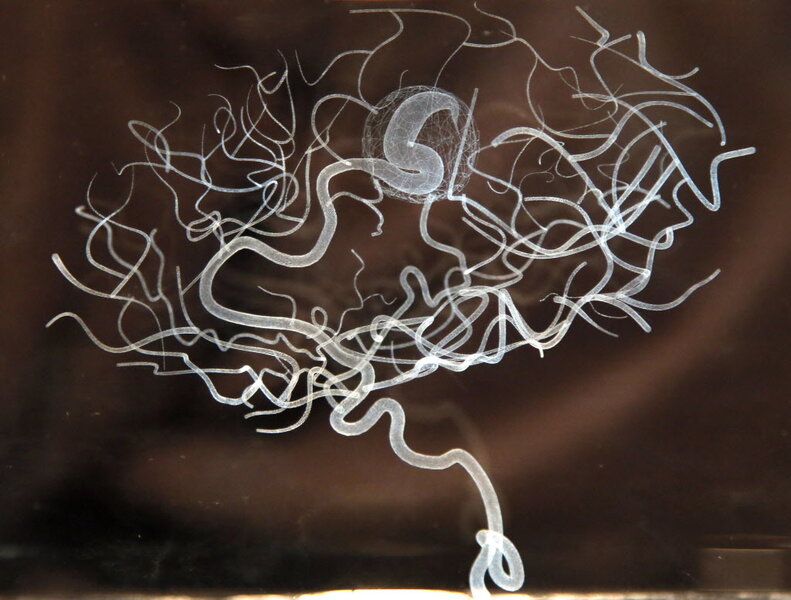In Doctor Who, characters remember what never happened and forget what did, usually because of some sci-fi equipment. But in real life, no special effects are needed – memories are lost, invented, and revised all the time.
That’s because memories of experiences are actually just associations of several elements – including objects, space, and time – that are encoded in biochemical changes in the brain’s neurons. The total package that entails a memory is called an engram.
But the associations that make up the engram can be supplanted with other associations, creating a false memory. For example, last month, researchers at MIT made mice believe they had been electrically shocked in one room, when the trauma had actually occurred in a different room. To accomplish this, the researchers activated brain cells involved in memories of the safe room when the mice were moved to a different room and shocked there. The mice then associated the danger with the visit to the safe room, in effect creating an apocryphal memory of an event that never happened.
The researchers suggest that human memories are equally susceptible to scrambling.






